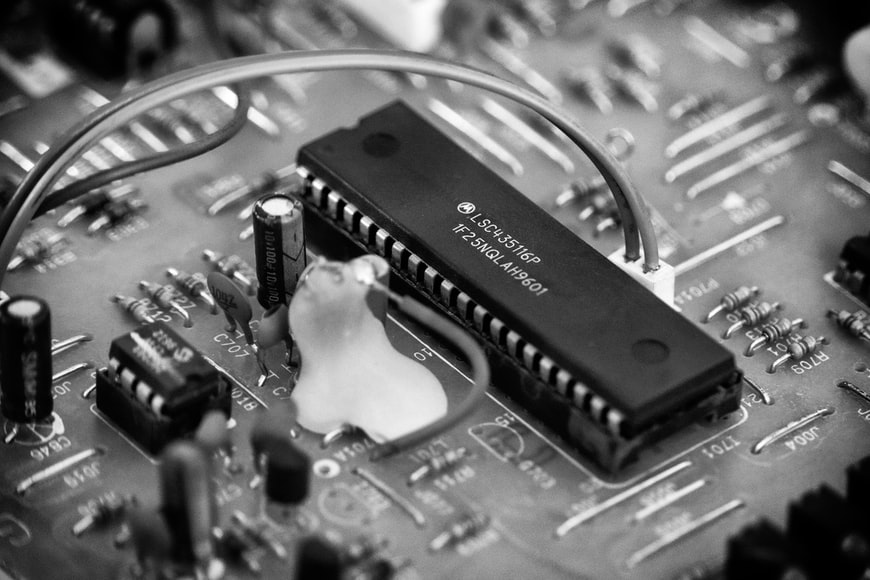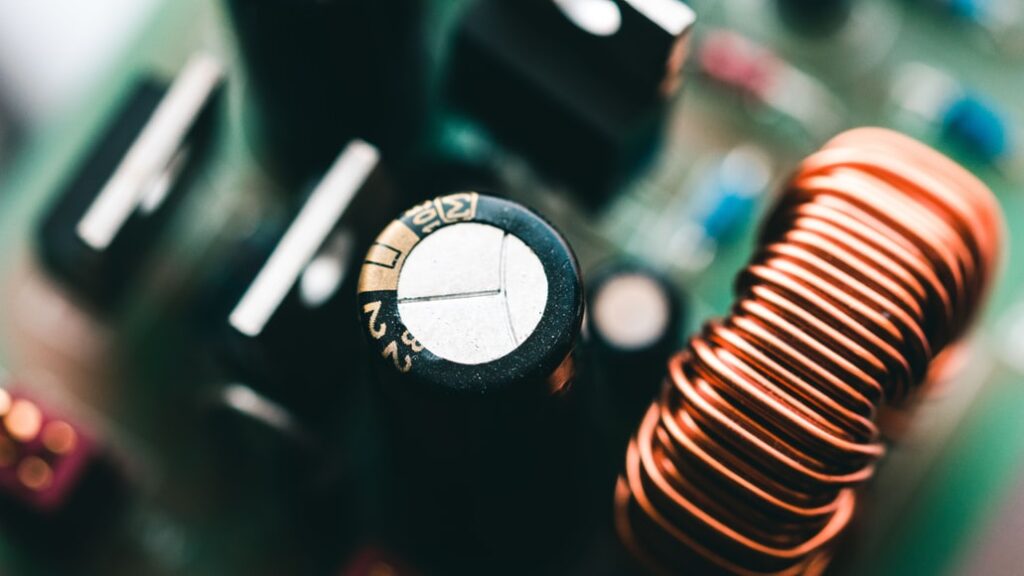Electrolytic Vs. Ceramic Capacitor: Which One Is Better?
3 Mins Read
Published on: 04 January 2022
Last Updated on: 17 December 2024

toc impalement
Capacitors are devices that are used to store electrical energy, and despite there being different types of capacitors, one is electric, and the other type is a ceramic capacitor. But the basic blueprint is the same. A capacitor consists of two conductive plates that are separated by an insulating material that is called the “dielectric.”
A capacitor has a capacitance, which describes how much charge the capacitor stores when there is a given potential difference across the capacitor.
5 Differences Between Electrolytic And Ceramic Capacitor

The difference between capacitors comes in the material of the dielectric. There are different types of capacitors such as film capacitors, paper, supercapacitors, electrolytic, and ceramic capacitors.
A Ceramic capacitor has a dielectric that is ceramic in the material. Electrolytic capacitors, on the other hand, use electrolytes to increase their capacitance levels.
Here is a look at the difference between these two capacitors:
1. Structural Differences:
Simple high voltage ceramic capacitors have ceramic plates sitting between them, while the more complex ones are multi-layered chip capacitors. The multi-layered ones (MLCC) are more common.
In MLCCs, there are several conductor plates with ceramic materials being sandwiched between each pair of plates. These MLLCs work like many small capacitors in parallel, giving them a large combined capacitance.
A ceramic capacitor is available in two different types: Class 1 and Class 2 capacitors. Class 1 is more stable and accurate over larger temperature ranges, while class 2 offers more volumetric efficiency or more capacitance per unit volume.
Electrolytic capacitors have a conductive material which is usually aluminum, niobium, or tantalum. The oxide layers are pretty thin, and so the capacitance of the capacitor for electrolytes is very high. The space between the conductors is usually filled with papers that are soaked with an electrolyte which acts as an anode, while the metal plates act as cathodes.
2. Polarization Of Capacitators:
A ceramic capacitor is not polarized, while electrolytic capacitors are polarized. Therefore, when electrolytic capacitors are connected to circuits, each terminal has to be given the correct polarity. Wrong connections can lead to overheating and exposure.
Because they are unpolarized, ceramic capacitors are mostly used as high voltage ceramic capacitors. They are used as loop capacitors for high-stability oscillator circuits that function as filters, decoupling, and signal coupling.
3. Equivalent Series Resistance:
A Ceramic capacitor has lower ESRs as compared to electrolytic capacitors. Electrolytic capacitors’ ESRs are strongly dependent on the frequency.
If the ESR is way too high, the current flowing through the circuit becomes too small. If you are having any problems regarding the lower frequency rate, then you always must select the ceramic capacitor.
4. Microphony Exhibition:
The ceramic capacitor indicates the microphone, while Electrolytic capacitors do not exhibit microphony. This shows an effect where the mechanical vibrations lead to electrical noise in circuits.
The Microphonny exhibitions are the central features of the ceramic capacitor. So that you can easily know your requirements and based on your functional condition, you can select your capacitor.
4. Application /uses:
The electrolytic capacitors are usually mostly used in low-frequency signals as the alternating current polarization is unnecessary for many applications. That the tight tolerances of the capacitator. They can be found in audio amplifiers to balance out the electrical noise in the capacitator. Ceramic capacitors can be found in all electronic applications. They are in circuit breakers, induction furnaces, and laser power supplies.
Because they are not polarized, a ceramic capacitor can be found in many different capacitances, voltage ratings, and sizes. As a result, general-purpose capacitors serve many purposes, and the capacitors can be as small as a grain of sand.
Conclusion:
The need for a High Voltage Ceramic Capacitor or electrolytic ones certainly depends on the range of applications you have for them and the volumetric or speed capacitance needed. Ceramic capacitors are better suited for most jobs because they can act as excellent capacitors even at high frequencies. After knowing a significant difference, you can easily make up your mind over selecting the products.
Read Also:


















Comments Are Closed For This Article